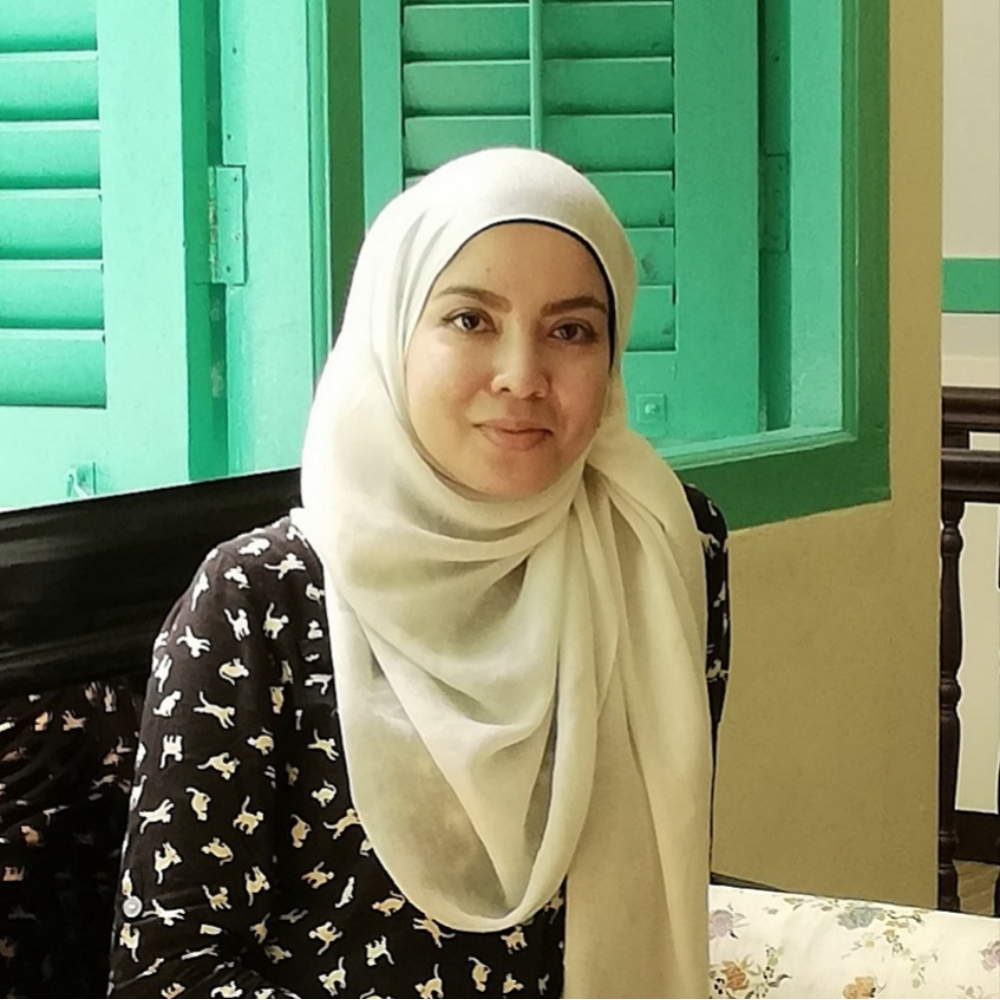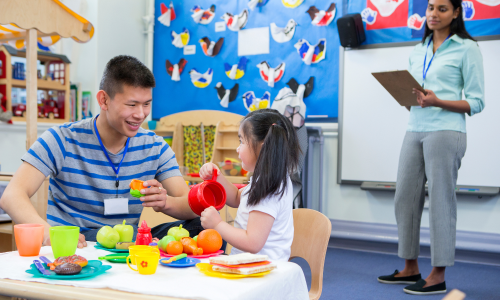It takes a village to raise a child
In preparing our children for success in their later life, many agree that education plays an important role in developing their knowledge and skills like problem-solving, language and socio-emotional competence.
To raise our children to be productive and motivated individuals, a solid foundation of support from various entities – teachers, institutions, parents, and community – are required to provide children the opportunity to learn in a supportive, creative and safe environment.
During their transformative years, children look up to adults to help them learn and navigate the works and ways of the world. Bandura’s social learning theory states that children emulate the actions and behaviours of adults to whom they most relate. During their pre-school years, parents are in fact their children’s first teachers and role models.
There’s no argument that parental involvement in a child’s early childhood education is important. Many academics recognise the critical significance that strong positive relationships between parents and schools have in children's growth and education.
However, such task can be daunting especially for new and young parents who do not have enough experience and skills to guide and teach their children with their learning outside of the classroom environment.

Observations during our recent Early Childhood Education festival tells us that parents are excited to be involved in their children’s academic and personal development, but they sometimes simply do not have the proper resources or know-hows on how to help.
To this effect, early childhood educators and institutions hold a new responsibility to offer adequate support and guidance not only for student’s learning, but also in parents’ knowledge to aid their children’s academic progress. Studies have shown that parental participation works best when it is perceived as a collaborative effort between educators and parents. It's important for educators to understand that unlike teachers, whose influence on a child’s is relatively limited, parents maintain a life-long commitment to their children.
With that being said, it is important for various stakeholders within this segment including policymakers and education institutions to enhance programmes and modules that can cater to the new demands in early childhood care and education.
The knowledge, skills and attitudes that have been nurtured in the early years’ classroom needs to be extended to the home environment. Without a continuum of classroom to home learning, it will be a challenge to sustain the learning and development children accumulated from the early year’s classroom.
Parents have knowledge of their child’s likes and dislikes, cultural and linguistic background, and personality traits – all necessary information for teachers to make informed judgements and decisions when it comes to students’ learning needs. But for many parents, it is possible that while they are doing the best they can, they sometimes do not know how and what they can do to ensure their children’s success.
Therefore, beyond just designing a curriculum that prepares future early childhood educators with the required traits and skills to teach students, it is imperative to consider educational content that can equip soon-to-be-teachers with skills and resilience to support parents in their role as ‘teachers at home’.
Bridging the gap between home and school environment requires parent-teacher communication on expectations of the child’s learning and development, keeping track on the child’s progress, on top of working together in supporting and extending the child’s development and learning from classroom to home environment.
To get the ball rolling, education institutions can start by providing platforms where both teachers and parents can develop and refine their skills on best practices and case examples to support children’s learning and holistic development.

By Nurul Iman Arshad, Senior Lecturer, School of Pre-University Studies, Taylor’s College.
This content is provided by Taylor’s College.
RM12.50 / month
- Unlimited access to award-winning journalism
- Comment and share your opinions on all our articles
- Gift interesting stories to your friends
- Tax deductable
